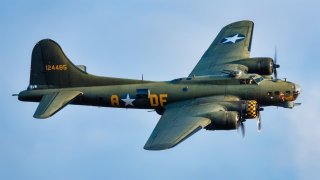Boeing B-17: Was the 'Flying Fortress' the Best World War II Bomber?
When the first Boeing B-17 "Flying Fortress" took its maiden flight on July 28, 1935, it proved to be a quantum leap over earlier United States Army Air Corp (USAAC) bombers then in service.
The B-17 Flying Fortress Was a Quantum Leap in Aviation Design: When the first Boeing B-17 "Flying Fortress" took its maiden flight on July 28, 1935 it proved to be a quantum leap over earlier United States Army Air Corp (USAAC) bombers then in service.
Most of the world's bombers even in the mid-1930s were twin-engined monoplanes, and the four-engine B-17 promised greater range and ability to carry larger bomb loads. Boeing had sold the bomber to the United States military to be used as a coastal patrol aircraft, but it was soon developed into a crucial aircraft.
While most know of its contribution to the war effort, often lost is how the B-17 came to be and how it had its first enemies were the United States Navy and even American isolationists.
It all began with the Model 299.
B-17 Flying Fortress: Big Gamble for Boeing
Today, Boeing may be an aerospace giant, but that certainly wasn't the case in the early 1930s when Boeing – a company with just 600 employees – competed with Douglas and Martin for a contract from the United States War Department – the precursor to the modern Department of Defense – to build 200 bombers. Boeing's executives put everything on the line, investing $432,034 – equivalent to about $9.2 million today – at a time when the country was in midst of the Great Depression.
However, the Model 299, which was a cross between the Boeing 247 passenger airliner and the experimental XB-15 (Model 294), was truly a leap forward in aviation design.
Record Breaker
Just weeks after making its first flight, the Model 299 began to break records – and on August 20, 1935, it made a 2,100 mile (3,380 km) non-stop flight from Seattle to Wright Field in nine hours with an average speed of 232 mph.
However, after 40 flight-hours, the sole prototype crashed after its elevator gust-lock was still engaged during landing. As a result, Boeing only secured a contract for 13 YB-17s, instead of the expected 60. Douglas went on receive an order for 133 aircraft, which became the B-18 Bolo.
Down to South America
Despite the fact that Boeing failed to secure a larger contract, development continued and the aircraft kept breaking records. That included a good-will mission to South America, where six Flying Fortresses took off from Miami and flew to Buenos Aires in 28 hours with just one stop in Lima, Peru. The return flight proved to be equally impressive and all six aircrews were awarded the prestigious Mackay Trophy for the "most meritorious flight of the year."
The Navy Didn't Like the B-17
Because the B-17 had been designed with coastal patrol duties in mind, U.S. Navy officials feared that the USAAC might take on a maritime patrol role. As a result there was a push from the Navy to scale down the production – reducing the first series model, the B-17B to just thirty-nine aircraft.
The situation didn't get better after May 1938, when to prove the B-17's capabilities, three plans from the 2nd Bombardment Group set out to intercept the Italian passenger liner Rex, 700 miles (1,125 km) offshore.
Although the weather was bad, the B-17 Flying Fortresses successfully intercepted Rex after a four-hour flight. The B-17s even made several passes over the ship to allow for still and motion picture photography. The U.S. Navy protested that the flight was not coastal defense, but the U.S. Army made the most of the flight and heavily publicized it in news reels and newspaper stories.
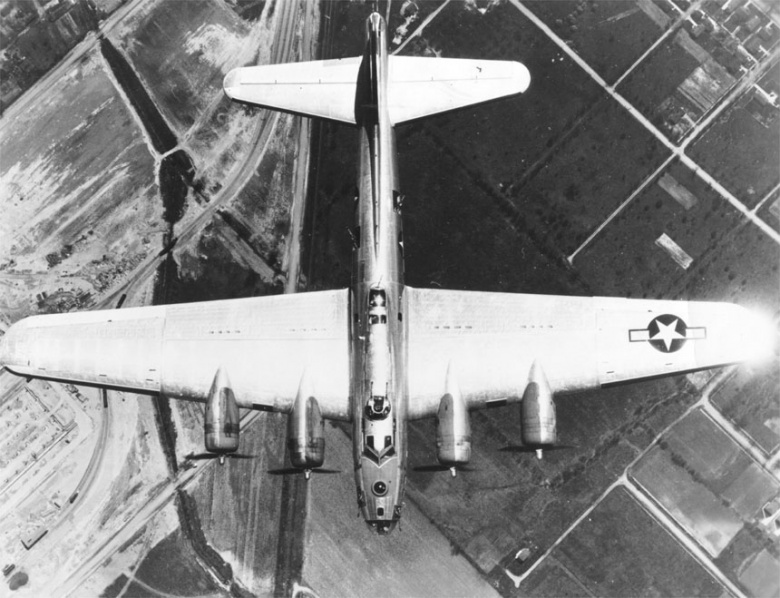
However, the War Department curbed further expansion of the Air Corps and its roles, and even restricted all Air Corps aircraft to operating within 100 nautical miles (190 km) off the coast. It wasn't until January 1939 – with war clouds on the horizon – that U.S. President Franklin D. Roosevelt issued a public statement calling for the expansion of the Air Corps. Gen. George C. Marshall, who soon moved up from head of the War Plans Division to be the Army's chief of staff, received personal instruction on the capabilities and strengths of long-range bombers from new Air Corps chief Gen. Henry H. Arnold.
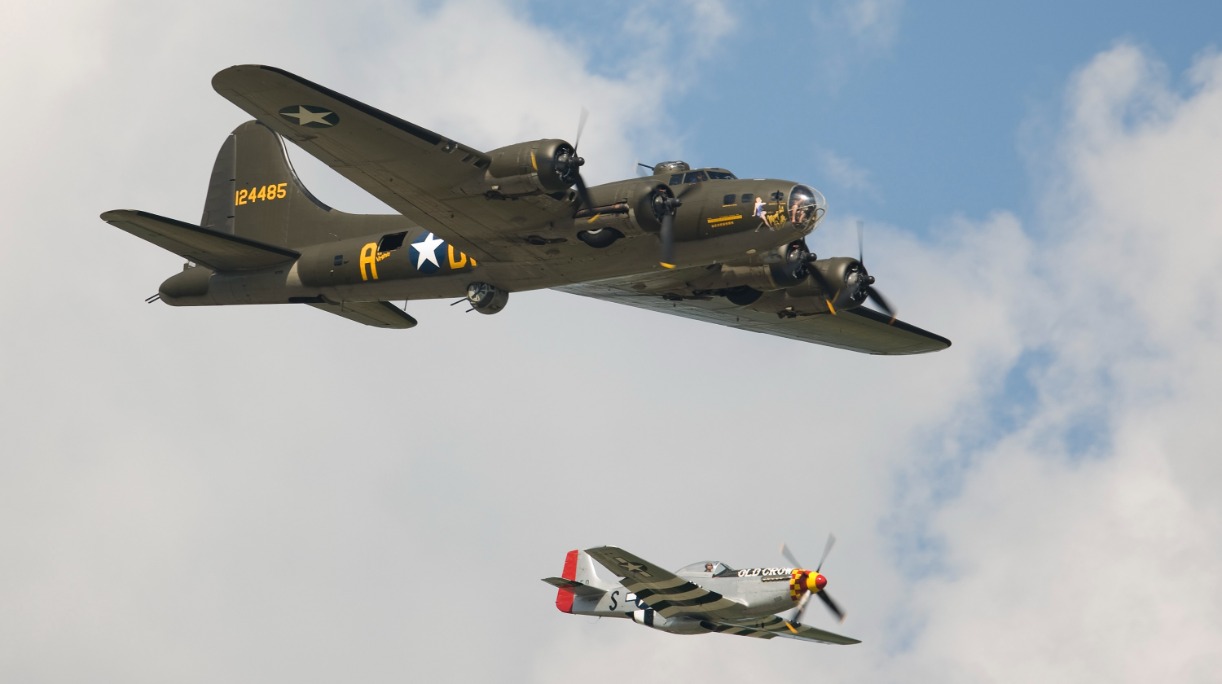
Fighting the Isolationists
It wasn't just the U.S. Navy that seemed to be initially opposed to the Flying Fortress. Isolationists were very much in political control in the late 1930s, and funding was restricted for the arms services. In addition, the War Department doctrine did not allow for aircraft to be classified as offensive weapons.
Moreover, there was thought that there was no need for a long-range strategic bomber. Fortunately, the same argument was being made in Nazi Germany at the time.
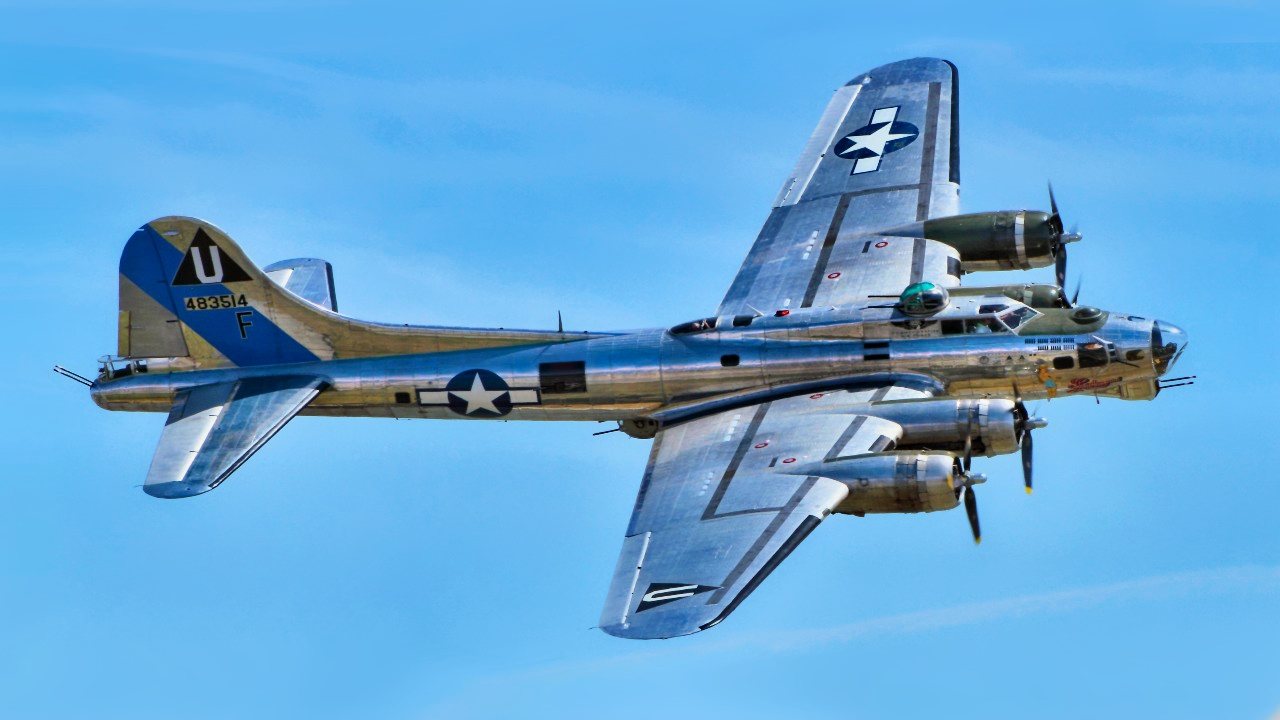
Just Over a Dozen in Service When WWII Started
By the end of the Second World War, 12,731 B-17 Flying Fortresses were built – but just thirteen were operational when Germany invaded Poland in September 1939. The United States was given the necessary time to see the need for such a bomber – and the B-17 went on to prove it was the right machine to get the job done.
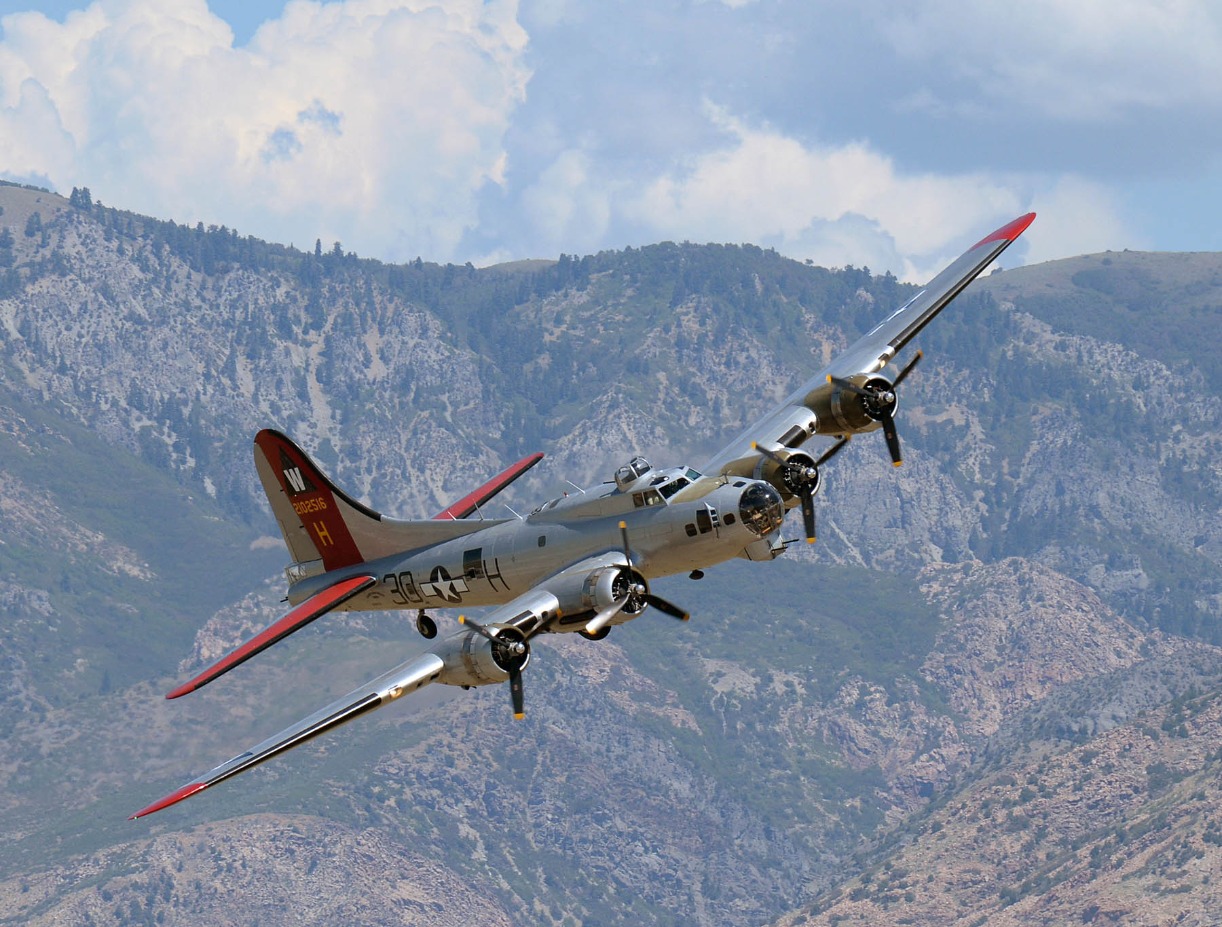
About the Author: Peter Suciu
Peter Suciu is a Michigan-based writer who has contributed to more than four dozen magazines, newspapers and websites. He regularly writes about military hardware, and is the author of several books on military headgear including A Gallery of Military Headdress, which is available on Amazon.com. Peter is also a Contributing Writer for Forbes. Email the author: [email protected].
Image Credit: Shutterstock and Creative Commons.


